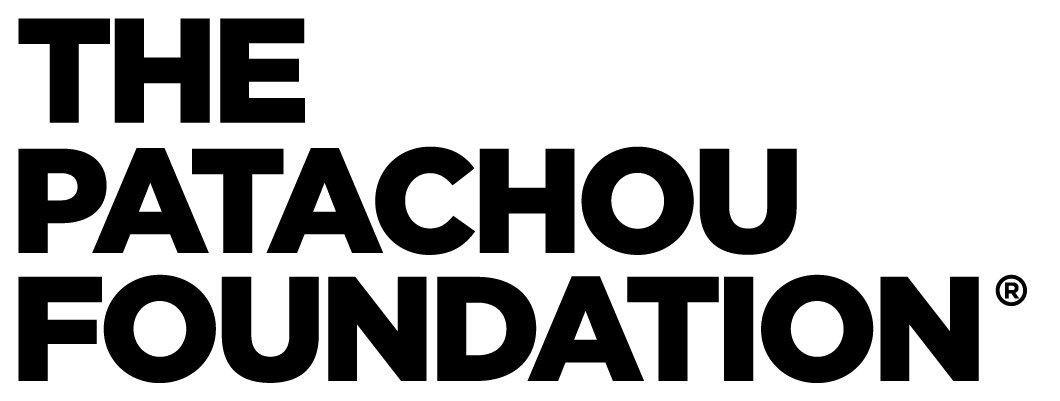Reducing Childhood Food Insecurity in the United States
By Matthew Feltrop, Executive Director
What is (and particularly what isn’t) on children’s plates in the United States is prime evidence of the economic fallout of the COVID-19 pandemic.
Right before the current health crisis hit, childhood food insecurity affected a staggering 15 million children. Without the consistency of school meals, as well as many households losing income, that number has grown to about 18 million.
As school leaders consider the best way to open their doors to students, they must also place a renewed emphasis on the quality of food served in their cafeterias to address deep inequities that have led to that ballooning statistic.
Particularly for kids, food insecurity has been found to have profound and long-term effects. These include negative impacts on school attendance, behavior, academic performance, and overall health including obesity and related diseases.
While food insecurity affects children of every race and in every zip code in the United States, communities of color have been disproportionately impacted.
The compounded crises of food insecurity, low access to local, accessible healthy foods, and years of unequal access to economic opportunities that build financial security are comorbidities that have drastically increased food insecurity for children of color.
In fact, in the latest USDA survey, the rates of childhood food insecurity for children with Black or Latinx parents are triple that of families with white parents. This inequity is simply unacceptable.
There is some good news, though. Widespread childhood nutrition programs have proven essential to increasing both food security and health outcomes for children. These programs, like the National School Lunch program, significantly reduce childhood food insecurity.
However, not all meal programs are created equally. At The Patachou Foundation, an Indianapolis-based non-profit fighting food insecurity, our focus has always been on providing the best quality meal to students. And post-pandemic, we're increasing that focus by creating long-overdue systems that place parent and student feedback at the center of our meal creation and programming.
Lessons learned from past emergencies highlight the importance of capitalizing on this moment of reset post-pandemic. For example, when rebuilding after Hurricane Katrina, 20 Louisiana schools forced food vendors to commit to high-quality ingredients.
Coming out of the COVID-19 crisis presents the same opportunity to focus on equity, quality, and access in school and childhood hunger relief.
Particularly as children return to the classroom, we can and should look to school administrators and policymakers to maximize childhood nutrition programs to address these systemic challenges and racial inequities.
[This post first appeared in February 2021 as a guest post for Ahimsa, creator of stainless steel dinnerware for kids.]

